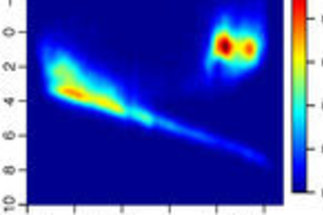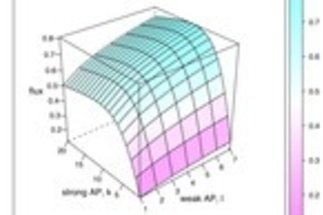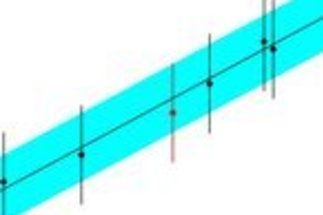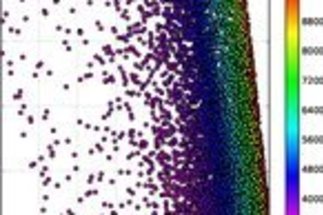The GSP-Phot package consists of four distinct algorithms (more details below): First, Priam is designed to provide some rough results early in the mission, when the BP/RP spectra have not yet acquired a sufficiently high signal-to-noise ratio and only three-band integrated photometry allows some qualitative inference. Second, a Support Vector Regression is used to infer the physical parameters from the BP/RP spectra. Third, an iterative gradient-method called Ilium is employed in order to fit the BP/RP spectra by minimising a least-squares. Fourth and finally, the GSP-Phot core algorithm Aeneas performs a Bayesian posterior maximisation, fitting simultaneously the BP/RP spectra and the observed parallax and apparent magnitude.
Fitting observed stellar spectra obviously requires the usage of synthetic spectra, that have been simulated from astrophysical models. Given the diversity of different stellar-atmosphere models which all invoke different assumptions and simplifications, GSP-Phot does not only use a single set of synthetic spectra. Instead, GSP-Phot uses various different sets of synthetic models, e.g., MARCS and PHOENIX. Each source is analysed by GSP-Phot using every available set of model spectra, such that for each source there are multiple outputs. GSP-Phot also determines a best result for each star, i.e., which set of model spectra provided the best Aeneas fit. Each of these outputs - the best result and the individual results of every set of model spectra - will be reported to the Gaia data base, such that the end-user can freely decide whether to follow our recommendation of the best result or whether to opt for his or her favourite set of model spectra.




